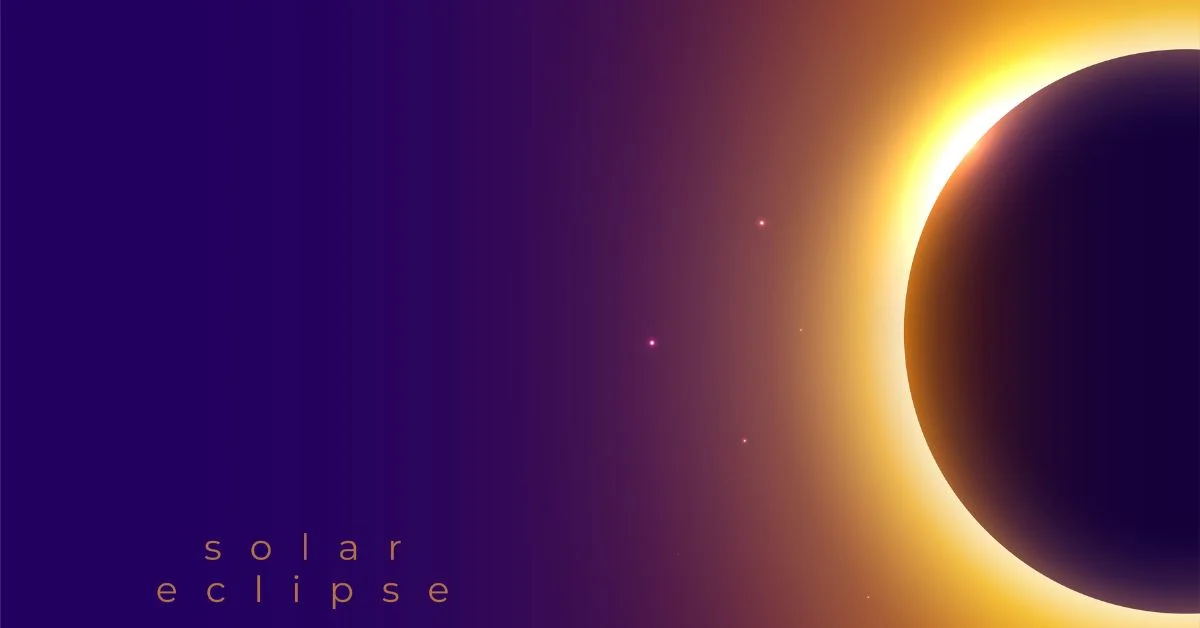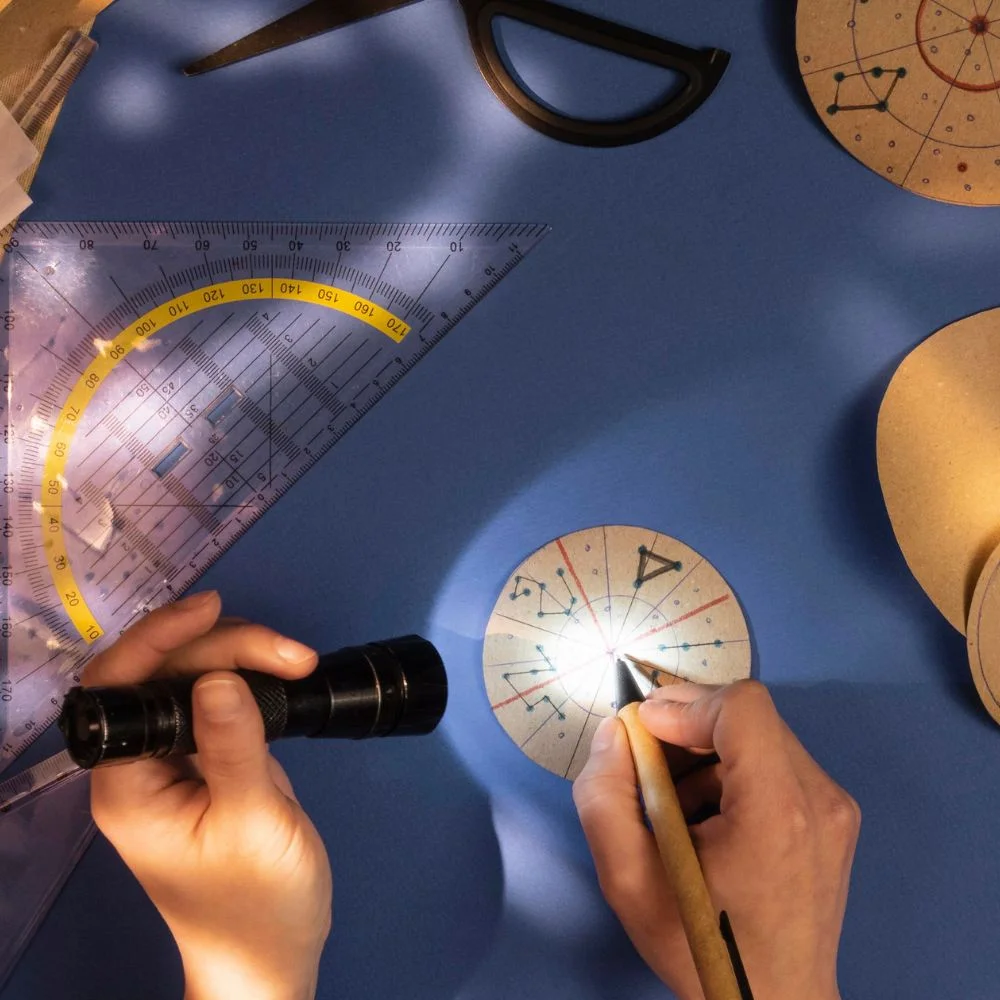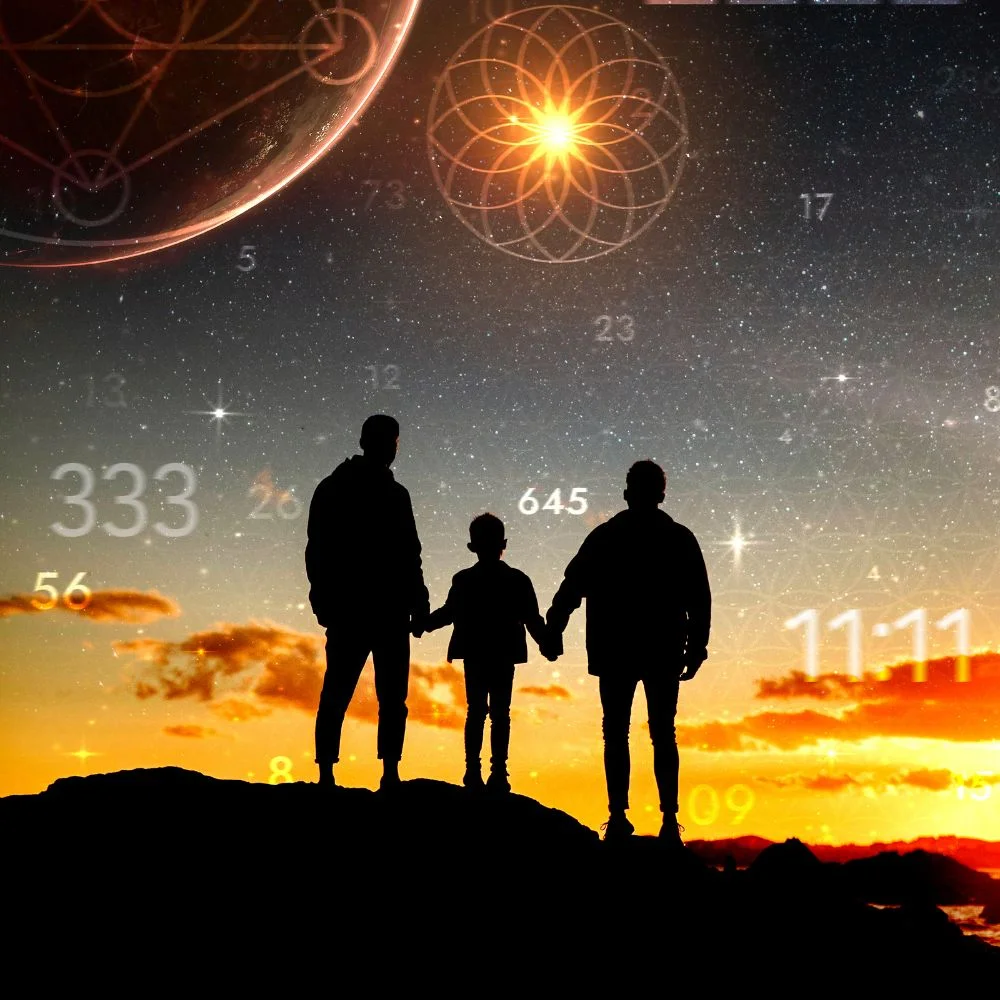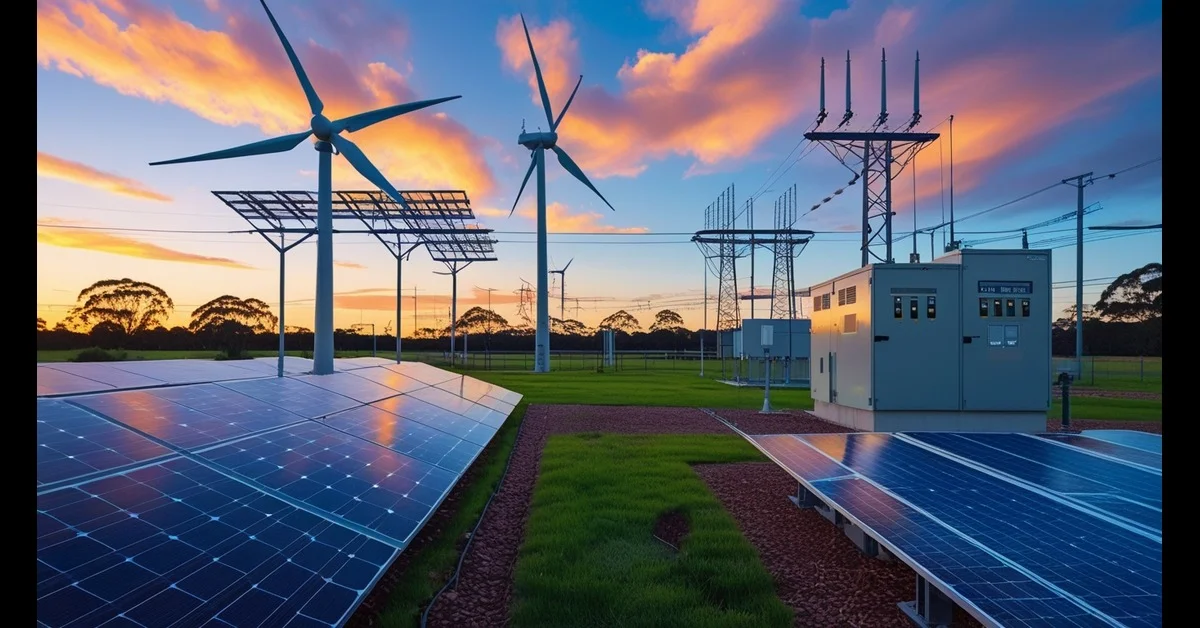A solar eclipse is a breathtaking event when the Moon, Sun, and Earth align just as dawn breaks. On March 29, 2025, a partial solar eclipse will take place at sunrise for parts of northeastern North America, southeastern Canada, western Europe, and northwestern Africa, offering a rare “double sunrise” or “solar horns” effect like two small sun crescents peeking above the horizon. This guide helps you catch it live, safely, and with minimum stress.
What, When, and Where
- Event date: Saturday, March 29, 2025
- Type: Partial Solar Eclipse, no complete coverage, so eye protection is mandatory.
1. Viewing regions:
- North America: Northeastern U.S., eastern Canada (e.g., Maine up to 64%, Halifax ~83%).
- Europe & Africa: Western Europe (UK, Germany, Spain, etc.) around morning local times.
- Greenland & Iceland: Great coverage levels, like Nuuk ~87%.
Key Times by City
| City | Partial Begins | Max Eclipse | Eclipse Ends |
| Boston, MA | 6:31 a.m.* | 6:38 a.m. (~43%) | 7:07 a.m. |
| New York, NY | 6:44 a.m.* | 6:46 a.m. (~22%) | 7:04 a.m. |
| Portland, ME | 6:27 a.m.* | 6:30 a.m. (~64%) | 7:10 a.m. |
| Halifax, NS | 7:00 a.m.* | 7:17 a.m. (~83%) | 8:12 a.m. |
| London, UK | 10:07 a.m. | 11:03 a.m. (~31%) | Noon. |
What Makes It Special?
- Morning “devil’s horns”: When the Moon covers part of the rising Sun, viewers may witness bright crescents nicknamed “horns” at sunrise.
- Amateur photography moment: Halifax and northern Maine are top spots to capture crescents or horns with clear horizon views.
- Varied coverage across locations: Southern regions see smaller Sun bites, northern ones larger.
Watch It Live Online
- will stream from ~5:30 a.m. EDT, focusing on North America and Europe.
- Royal Observatory Greenwich will broadcast from London starting ~6 a.m. EDT (10 a.m. GMT), including science explanations from astronomers.
- Other platforms: FOX Weather, com, Livescience all provide live streams and explanations.
Safety First: How to Watch Properly
- Always use certified solar glasses(ISO 12312-2). Sunglasses won’t protect your eyes.
- For telescopes or cameras, use proper front-mounted solar filtersnever look through devices without them.
- Indirect methodslike pinhole projectors or projecting leaf shadows, are safe alternatives.
Best Places to View
- Eastern Maine (e.g., Quoddy Head State Park): Horseshoe horizon and high eclipse coverage make it ideal.
- Halifax, Canada: Big coverage with great streams and possible horns at sunrise.
- Northern New Brunswick & Quebec: High eclipse percentage, clear horizon view requested.
- Western Europe (UK, Ireland, Spain): Mid-morning views with modest coverage, best viewed via stream or safe glasses.
How to Prepare for a Clear View?
- Check sunrise & weather: Expect clouds in New Englandvision may be blocked.
- Pick a spot with an east/northeast horizon: A Clear and long view is needed for horns.
- Arrive early: Be outside at least 15 minutes before sunrise.
- Bring solar glasses or filters: Do not reuse old or scratched ones.
- Capture the moment: Use a tripod, filter your camera lens, and keep timings handy.
Live Streaming Tips
- Test the device and the internet beforehand.
- Tune in 10 minutes early to catch the start.
- Watch multiple geo-feeds (North America and Europe) for different angles.
- Save or record streamsmany offer on-demand replays.
Understanding Eclipse Mechanics
- The eclipse happens because theMoon’s penumbra partly covers the Sun the Moon isn’t perfectly aligned for a total eclipse.
- Magnitude ~0.9376:means about 94% coverage at peak.
- Part of a regular eclipse season: after a lunar eclipse on March 14, 2025.
- A future total solar eclipse is coming on August 2, 2027, but that is a different event.
Additional Viewing Tips
- Kids & safety: Use indirect projection to avoid improper glasses use.
- Shadow play: Look for crescent shadows from leaves that reveal the eclipse pattern.
- Stay informed: Follow local observatories or community eventsthey may host viewing sessions. What Is a Sunrise Solar Eclipse?
1. Simple Definition
A solar eclipse occurs when the Moon passes between the Earth and the Sun, blocking part of the Sun’s light. When this happens at sunrise, the effect looks like horns or a crescent rising above the horizon.
2. What Makes the 2025 Eclipse Unique?
- It’s happening right at sunrise in parts of North America and Europe.
- Viewers may see the “solar horns” effectwhere the tips of the Sun appear before the full disc.
- It’s not total, but the alignment is perfect for dramatic visuals.
March 29, 2025: Key Eclipse Details
1. What Type of Eclipse Is It?
- Type: Partial Solar Eclipse.
- Eclipse Magnitude :~0.9376 (about 94% of the Sun’s diameter covered in some locations).
- Eclipse Saros Cycle:149.
- Previous eclipse: Lunar eclipse on March 14, 2025.
- Next major eclipse: August 2, 2027 (Total Solar Eclipse).
2. Regions That Will See the Eclipse
North America
- Best spots: Northeastern U.S., Eastern Canada (especially Maine and Nova Scotia).
- Percentage covered:22%–83%
- Top cities: Portland, Boston, Halifax.
Europ
- Best spots: United Kingdom, Spain, France, Germany.
- Time of viewing: Mid-morning
- Max coverage:~20%–35%
Africa
- Regions: Northwestern areas like Morocco, Algeria, and Tunisia.
- Viewing time: Late morning.
- Coverage:15%–30%
Bonus Locations
- Iceland and Greenland: Great partial views, with coverage above 85%.
- Azores Islands: Unobstructed views in the Atlantic.
How to Watch the Eclipse Live?
1. Watch It Online (No Equipment Needed)
- com: Global stream starting 5:30 a.m. EDT.
- NASA Live: Educational stream with commentary.
- Royal Observatory Greenwich (UK)– Live commentary and visuals.
YouTube Channels:
- “Cosmos Live”.
- “Space.com”.
- “Virtual Telescope Project.”
- “Sky & Telescope Magazine”.
2. Best Devices to Use for Streaming
- Mobile phones or tablets with a stable connection.
- Smart TVs use YouTube apps.
- Laptop with an HDMI connection for family viewing.
Safety First: How to Watch the Eclipse Properly
1. Use Solar Glasses (Not Sunglasses!)
To protect your eyes:
- Always wear ISO 12312-2 certified eclipse glasses.
- Do not look at the Sun with sunglasses, binoculars, or phones without filters.
- Check your solar glasses for scratches or damage.
2. If Using a Telescope or Camera
- Use front-mounted solar filters.
- Never look through a viewfinder without proper shielding.
- Consider solar projection boxes for safe, indirect viewing.
3. DIY Safe Viewing Tools
- Pinhole projector.
- Colander or leaf shadows.
- Projection method with paper and cardboard.
Tips to Capture Stunning Eclipse Photos
1. Best Camera Settings
- Use ISO 100–200.
- Shutter speed: 1/1000 to 1/4000 sec.
- Use a solar filter or eclipse lens to avoid sensor damage.
2. Things to Carry
- A camera or phone with a zoom lens.
- Tripod for stability.
- Solar filters.
- An extra battery or power bank.
- Binoculars (with filters!).
Top Places to View the Eclipse In-Person
1. United States
- Acadia National Park (ME): Clear eastern view.
- Quoddy Head State Park: First sunrise in the U.S., best for “horns”.
- White Mountains (NH): Higher elevation, longer visibility
2. Canada
- Halifax: Ideal sunrise horns.
- John’s, Newfoundland: Early views, high coverage.
- Cape Breton Island: Clear Atlantic horizon.
3. United Kingdom
- London parks: Open skies, easy access.
- Cornwall coast: Best east-facing views.
4. Spain & Portugal
- Madrid, Valencia: Clear morning skies.
- Lisbon cliffs: Dramatic ocean sunrise.
Fun Facts About the 2025 Sunrise Eclipse
- Nicknamed “The Devil’s Horn Eclipse” due to the crescent shapes.
- Part of Saros Cycle 149, which repeats every 18 years.
- Happens right after Chaitra Amavasya, a new moon day in the Hindu calendar.
- Not the last eclipse of 2025there will be more lunar events coming.
Learn More and Stay Informed
1. Follow These Astronomy Pages
NASA Eclipse Tracker:
- Sky & Telescope.
- com.
- org.
- Stellarium mobile app.
2. Learn the Science Behind Eclipses
- What causes solar eclipses?
- Types: Partial, Annular, Total, Hybrid.
- Why doesn’t everyone see the same eclipse?
- How the Earth’s curve affects sunrise visibility.
Final Checklist Before Eclipse Day
- Know your local eclipse time and sunrise.
- Get eclipse glasses or a pinhole projector.
- Prepare a camera or streaming device.
- Wake up early and check weather conditions.
- Join a live stream or head to an open horizon.
conclusion:
This March 29, 2025, partial solar eclipse is a natural wonder you can see in person or online with minimal effort. Morning watchers in northeastern North America and eastern Canada may witness “devil’s horns” rises, while Europe and Africa will see a midday bite. With simple prep, proper eyewear, a clear horizon, and live stream access, you can enjoy this rare celestial display safely and memorably.





